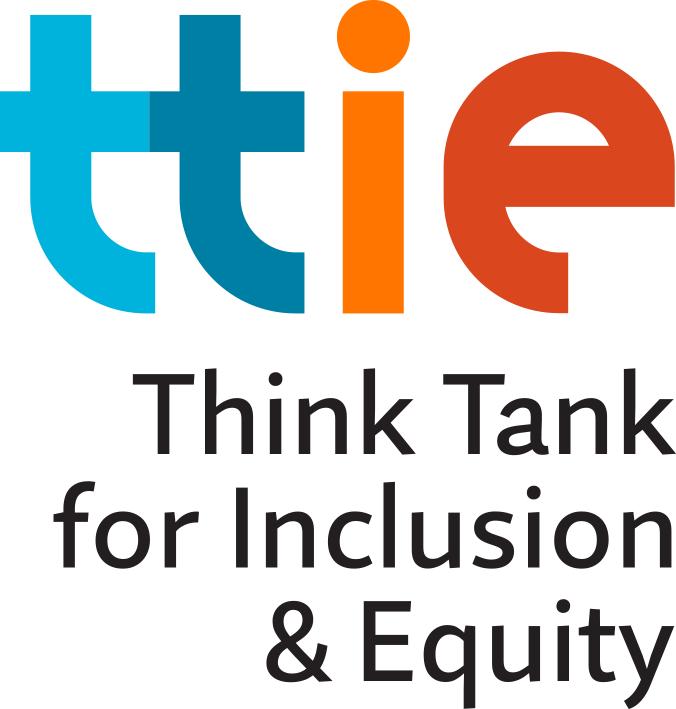#WriteInclusion Factsheets
Expanded glossary of terms
Scroll down to read our full glossary, or click to filter by a specific Factsheet category.
FILTER BY FACTSHEET
SEARCH FOR A SPECIFIC TERM
Sanctuary City
A city that limits its cooperation with national government efforts to enforce detention and deportation of residents. Allows migrants of any immigration status to report crimes without fear of deportation.
A city that limits its cooperation with national government efforts to enforce detention and deportation of residents. Allows migrants of any immigration status to report crimes without fear of deportation.
Social Determinants of Health (SDoH)
(SDoH): The conditions in which people are born, grow, live, work, and age. These are shaped by the distribution of money, power, and resources at global, national, and local levels. Conditions (e.g., social, economic, physical) in these various environments and settings (e.g., school, church, workplace, neighborhood) have been referred to as “place.” In addition to the more material aspects of “place,” patterns of social engagement and sense of security and well-being are also affected by where people live. Resources that enhance quality of life can have a significant influence on population health outcomes (e.g., safe and affordable housing, availability of healthy foods, toxin-free environments). How population groups experience “place” directly impacts the specific social components of SDoH (e.g., access to educational, economic, and job opportunities; public safety; language and literacy) and public components of SDoH (e.g., natural environments, built environments). See here for more details.
The conditions in which people are born, grow, live, work, and age. These are shaped by the distribution of money, power, and resources at global, national, and local levels. Conditions (e.g., social, economic, physical) in these various environments and settings (e.g., school, church, workplace, neighborhood) have been referred to as “place.” In addition to the more material aspects of “place,” patterns of social engagement and sense of security and well-being are also affected by where people live.
Resources that enhance quality of life can have a significant influence on population health outcomes (e.g., safe and affordable housing, availability of healthy foods, toxin-free environments). How population groups experience “place” directly impacts the specific social components of SDoH (e.g., access to educational, economic, and job opportunities; public safety; language and literacy) and public components of SDoH (e.g., natural environments, built environments). See here for more details.
Trauma Porn
Refers to art or media that exploits the pain, suffering, and brutalization of marginalized people for the sake of entertainment. These depictions cater to non-marginalized viewers and characters rather than exploring the experience, situation, or POV of the person(s) being victimized. These kinds of depictions are harmful for all viewers as they deny the life and livelihood of those being victimized, devaluing their existence in our communities and society, granting no opportunity for empathy and deeper understanding.
Refers to art or media that exploits the pain, suffering, and brutalization of marginalized people for the sake of entertainment. These depictions cater to non-marginalized viewers and characters rather than exploring the experience, situation, or POV of the person(s) being victimized. These kinds of depictions are harmful for all viewers as they deny the life and livelihood of those being victimized, devaluing their existence in our communities and society, granting no opportunity for empathy and deeper understanding.
U.S. Census
The U.S. Constitution mandates that America gets only one chance every 10 years to count its population. The U.S. Census counts every resident in the United States. The data collected determine the number of seats each state has in the U.S. House of Representatives (a process called apportionment) and is also used to distribute billions in federal funds to local communities. Find more here.
The U.S. Constitution mandates that America gets only one chance every 10 years to count its population. The U.S. Census counts every resident in the United States. The data collected determine the number of seats each state has in the U.S. House of Representatives (a process called apportionment) and is also used to distribute billions in federal funds to local communities. Find more here.
U.S. Refugee Act of 1980
Amendment to previous U.S. immigration and refugee assistance acts that established a more uniform basis for assisting refugees. Due in part to this resettlement Act, U.S. SEA communities include large, diverse populations not only in coastal cities, as commonly assumed, but throughout the U.S. including in Chicago and Las Vegas, and in Florida, Louisiana, Minnesota, Missouri, Texas, and Washington.
Amendment to previous U.S. immigration and refugee assistance acts that established a more uniform basis for assisting refugees. Due in part to this resettlement Act, U.S. SEA communities include large, diverse populations not only in coastal cities, as commonly assumed, but throughout the U.S. including in Chicago and Las Vegas, and in Florida, Louisiana, Minnesota, Missouri, Texas, and Washington.
Visa
A visa is an official document that indicates that the holder has permission to enter and stay in a requested country for a specified period of time.
A visa is an official document that indicates that the holder has permission to enter and stay in a requested country for a specified period of time.
